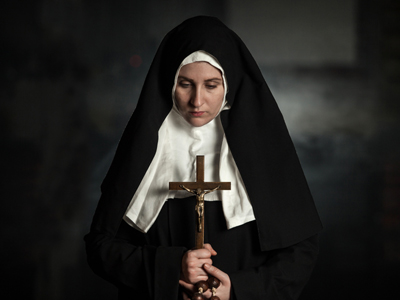
Medicine: Medical Renaissance In The Early Modern Period
In GCSE History students will examine the world of medicine and the advancements that have been made over time. The Renaissance, the early part of the modern era, is one period that will be looked at.
The Renaissance saw a revival of interest in the thought of the ancient world on medicine. Renaissance figures, like Vesalius and Pare, took the example of Galen, who stressed the role of dissection, as part of the importance of observation and experimentation. These were indeed the early days of the modern, scientific era.
Learn more about medicine in the early part of the modern era in this informative quiz.
Ready for more?
not all...
quizzers. Try to win a coveted spot on our Hall of Fame Page.







